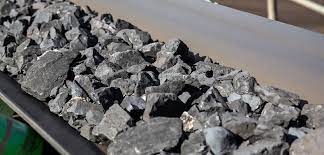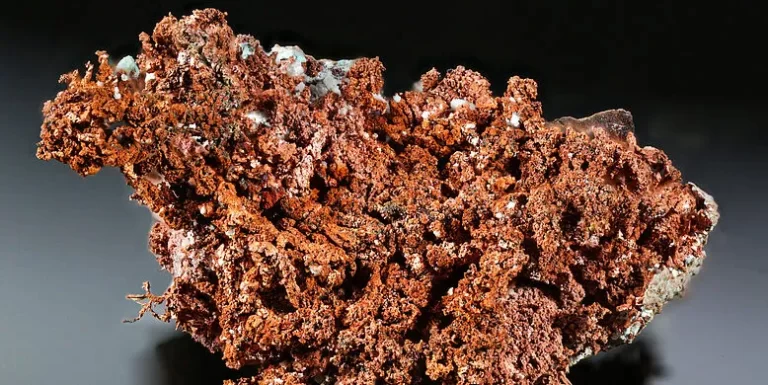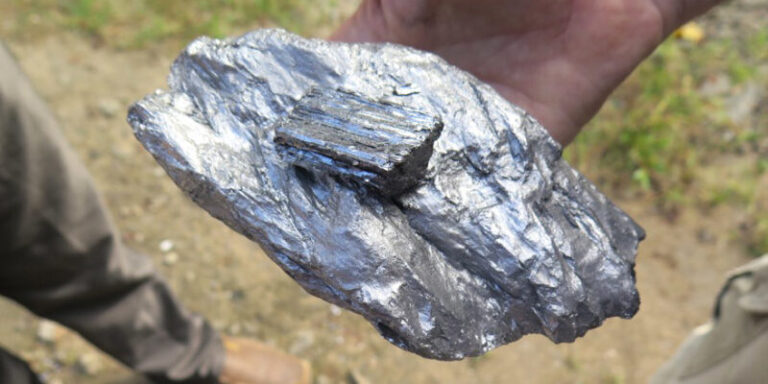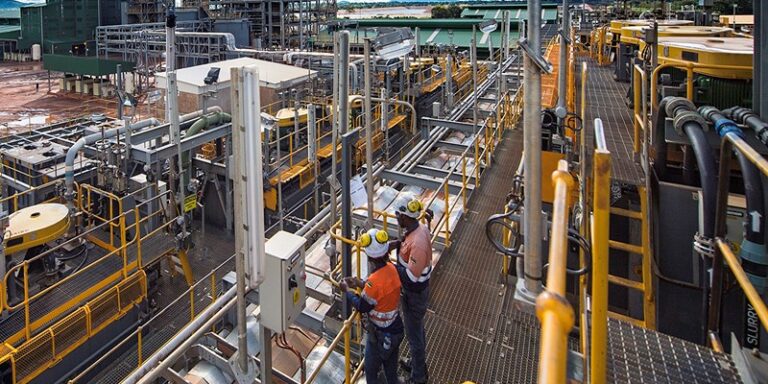
Critical minerals like lithium and tantalum play a vital role in modern technologies and the green energy transition.
The Great Lakes region in Central Africa is rich in these minerals, and geologists from the Royal Museum for Central Africa study their formation and distribution to promote sustainable and fair exploration and exploitation.
This region is a significant source of tantalum, supplying half of the world’s demand for mini-capacitors used in laptops and mobile phones.
Other critical minerals found here include lithium and Rare Earth Elements (REE), crucial for magnets, batteries, and motors, with their demand growing rapidly.
Ensuring the mining and distribution of these raw materials are done fairly, safely, sustainably, and without conflict is of utmost importance.
Geologists from the Royal Museum for Central Africa focus on important research topics like the geological processes leading to mineral formation, the influence of different mineralization types and weathering degrees on extraction methods, and the social and environmental impact of mining in the area.
Recent research projects in the region explored two different mineralizing systems: Lithium-Niobium-Tantalum-Tin-Tungsten (Li-Nb-Ta-Sn-W) deposits associated with granites, pegmatites, and quartz veins, as well as rare earth elements-phosphorus-niobium (REE-P-Nb) deposits in alkaline-carbonatite magmas.
Geologist Anouk Borst and PhD students Jolan Acke and Laura van der Does conducted research on pegmatites and quartz veins in tin-tantalum mines in Rwanda.
These rocks often contain rare and economically valuable tin, tantalum, and lithium ores. Pegmatites are coarse-grained magmatic rocks formed from residual magma and fluids, and due to intense tropical weathering, they can be easily moved and processed.
The mining of the valuable minerals in the area is primarily done by small-scale miners through vertical shafts and horizontal tunnels.
Hand separation or water-based methods are used to extract specific minerals based on their density. Recent drill cores from the mining company working with the geologists revealed mineralized quartz veins and pegmatites running even deeper into the subsurface, reaching depths of 150 to 400 meters.
The fieldwork aimed to gather samples for mineralogical and geochemical analysis to better understand the regional and microscopic distribution of these metals.
To achieve a sustainable and fair transition to green energy, it’s essential that mining of critical raw materials and revenue distribution are carried out fairly, safely, and without conflicts.
The countries where resources are extracted should benefit economically and socially, and the carbon-footprint associated with importing raw materials from elsewhere should be compensated by the end-users.





